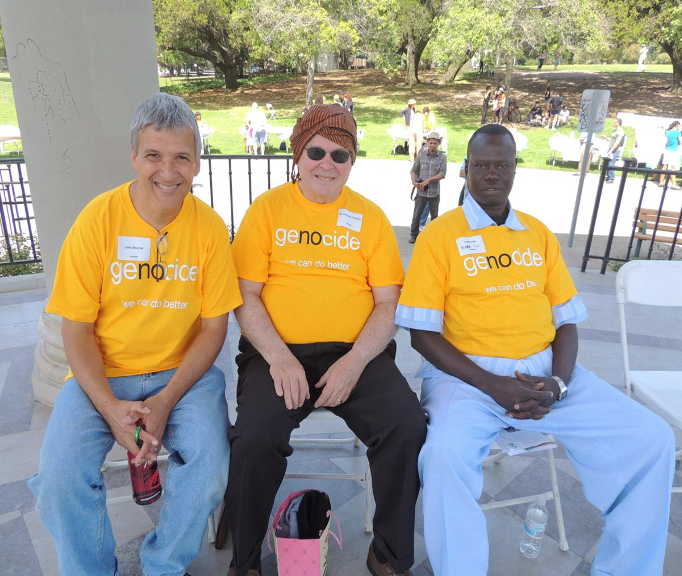
SUPPORT OUR MISSION
24/7 In Touch
+00 210-588-3617
Email Address
Our Location
10 Bartlett Road, Westford,US
Flourish Mountains
Hope Alliance

Re-building Sustainable, Resilient, Safer and Dignified Society
Menu
+00 210-588-3617
10 Bartlett Road, Westford,US
Hope Alliance

A craving for something to drink, often associated with dehydration and they physical condition resulting from this need, in any of various degrees – They aalmost died of thirst.

Not only do individuals need clean water, but entire communities need clean water, and they need more than just water. Communities need clean water that is safe to use for household cooking, washing, and sanitation.
The Centers for Disease Control and Prevention (CDC) reports that water is considered “the most important resource for sustaining ecosystems, which provide life-supporting services for people, animals, and plants.” Here we’ll examine why clean water is needed in communities. The United States Geological Society (USGS) defines safe water as “water that will not harm you if you come in contact with it.”
Our economy depends on clean water: manufacturing, farming, tourism, recreation, energy production, and other economic sectors need clean water to function and flourish. Improving water quality and availability can also help build climate resiliency, which could save the lives of millions of people in every community. Without water to sustain these needs can count as thirst.
In our rural communities our people continually face enormous challenges that contributed to unavailability of clean water:
The United Nations (UN) discusses five significant reasons that safe and clean water is a vital necessity for communities to thrive physically, mentally, economically, socially, and spiritually. Those reasons include:
Access to clean water is certainly one of the most crucial needs for any community and left alone communities that are affected by humanitarian crisis, such as conflicts, famines, and natural disasters. There are several techniques whereby civil society organization and local community-based organizations that can supply communities with clean water. These include:
Hope Alliance
P.O Box 87123
Oklahoma City, OK 73112
USA